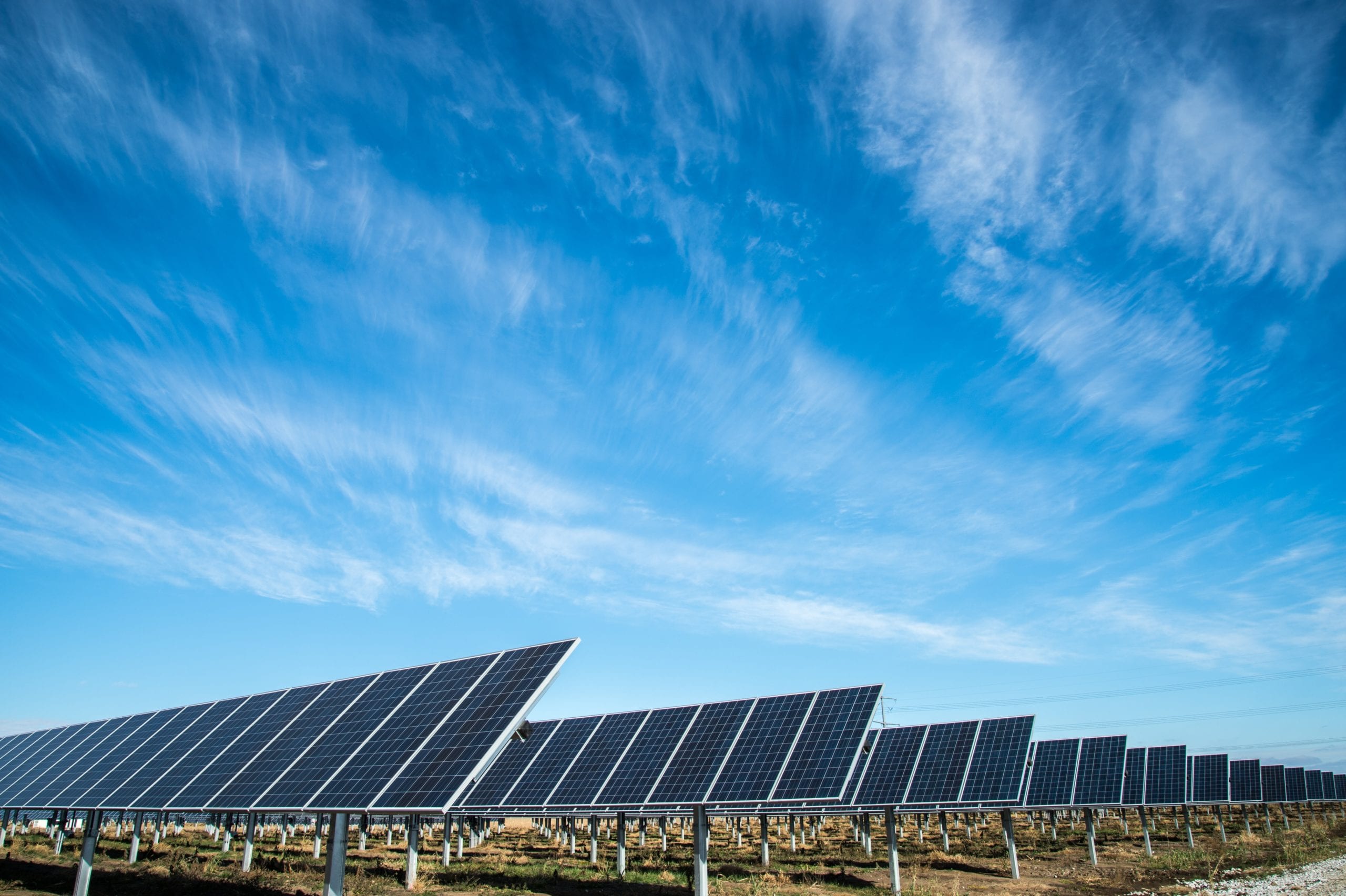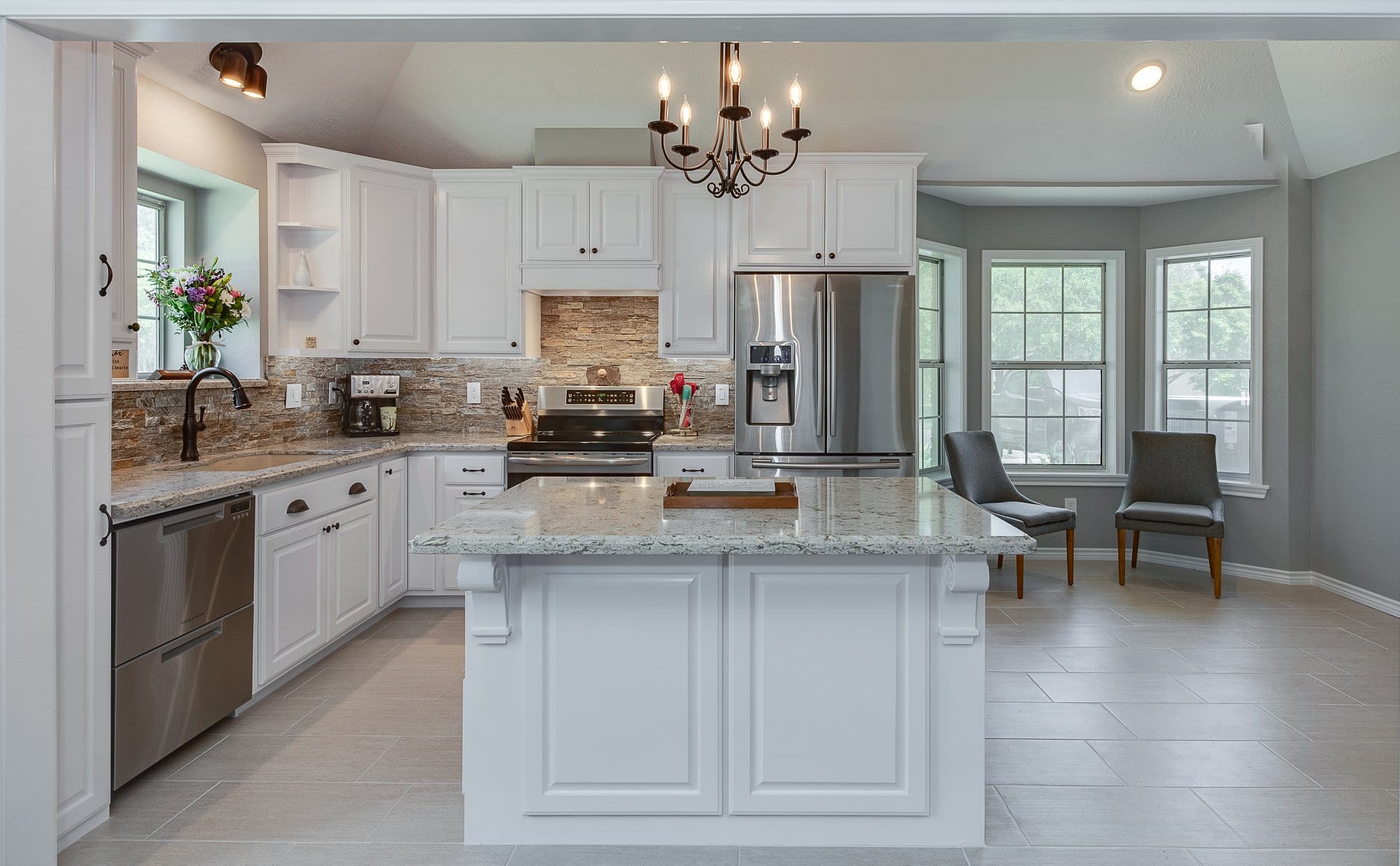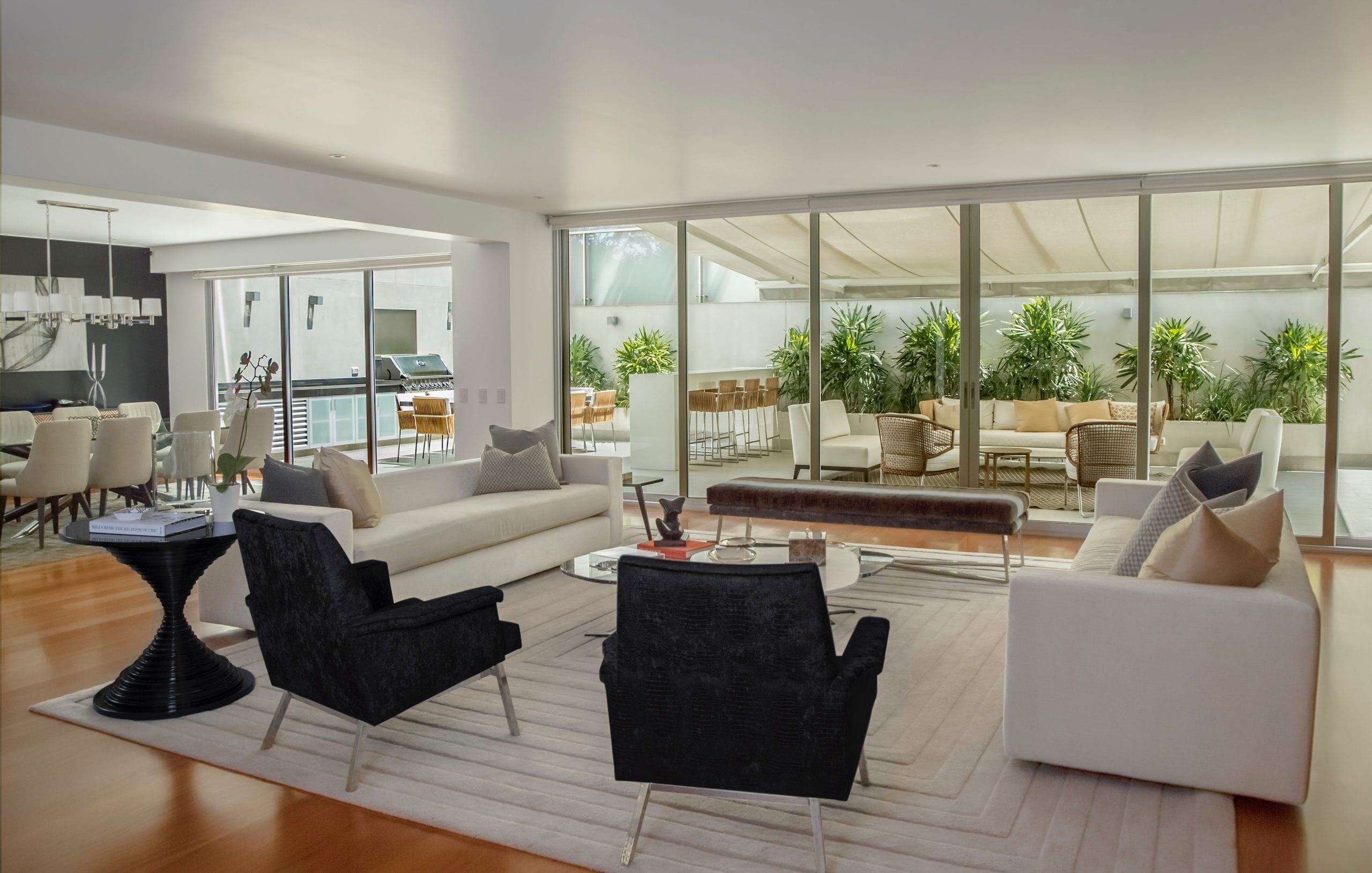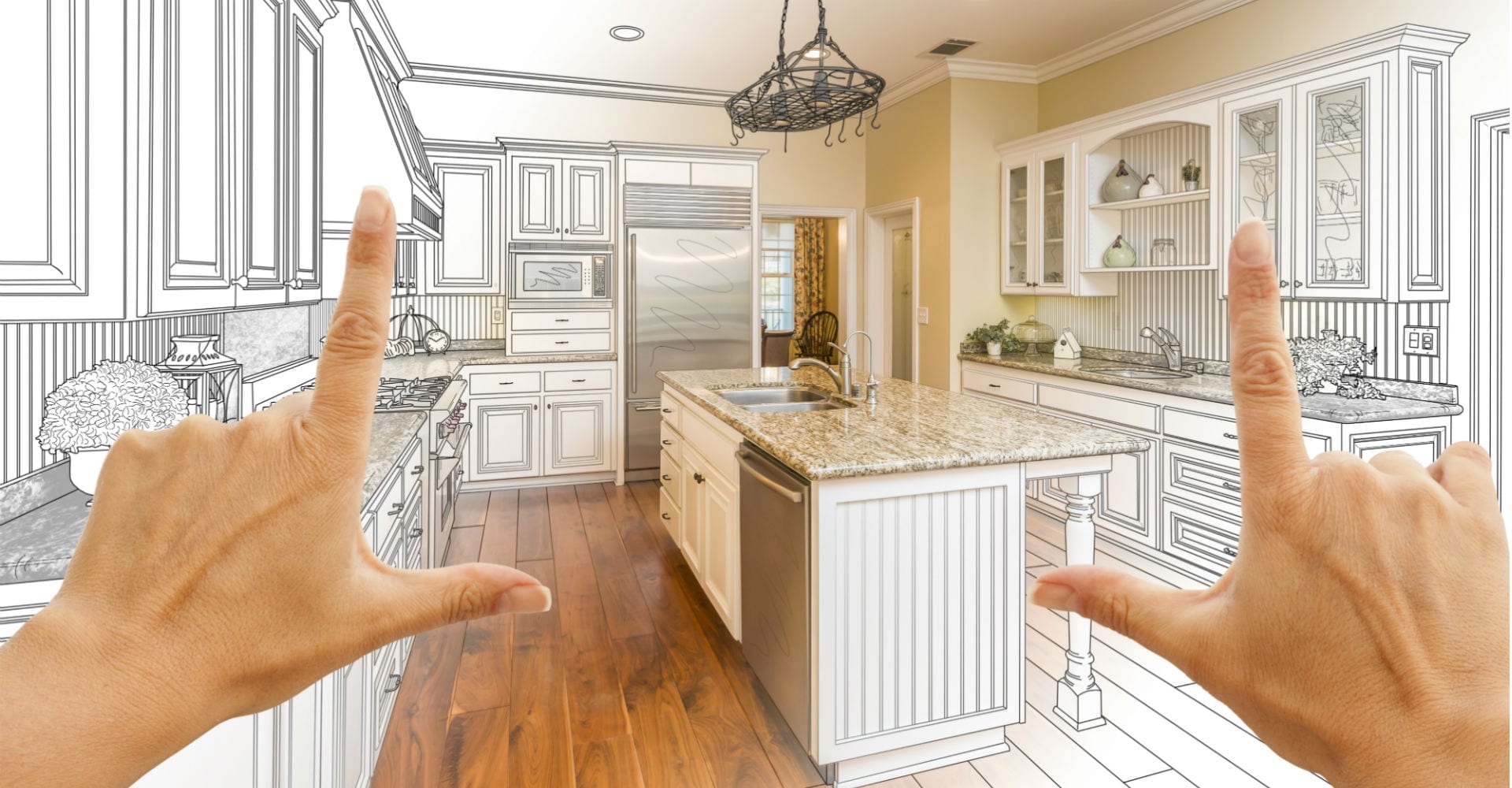A connection to nature inspires happiness. Simply having access to natural settings can create health and happiness. These seemingly subjective tree-hugging proclamations have a significant amount of science backing them up. Hospitals now focus on restorative landscapes because they know the power of these connections in the healing process. Cities focus on creating green spaces because they know the impact that nature has on improving quality of life.
One seminal study published in the early 80’s showed that patients recovering from gallbladder surgery who were in a room that looked out on trees faired far better than those in rooms that looked out on a brick wall. These patients did better in immediate recovery time, had fewer post surgery complications and they needed far less pain medication. Since that study, there have been many others that have expanded on the theme.
When I was a student, I read about a student-conducted study that indicated that people who knew what time the sun rose and set or what phase the moon was in consistently reported a greater degree of happiness. It occurred to me that by designing with these connections in mind, we could create happiness.
A corollary to our connection to nature is our connection to the built world. Recently “a sense of place” has become a popular topic, especially in the field of urban development. But the acknowledgment that a sense of place is an important adhesive in building community is hardly a new idea. The French Philosopher, Simone Weil said, “to be rooted is perhaps the most important but least understood need of the human soul.” We are rooted by our connections to both nature and community.
Though these ideas are usually connected to the design of cities and large institutions of health, they can also be well employed in home design. This is what our Transitions approach to design is about. By creating transitions to natural and community settings, we seek to create the connections that create happiness.
So much of the thrust of modernity is isolating. Nowhere is this truer than in the design of our homes. Automobiles, air conditioning and multimedia have dramatically shifted our relationships to space.
Here in College Station and Bryan we have an excellent juxtaposition showing the impact of the automobile on urban design. Bryan, incorporated in 1867, was designed with pedestrian traffic in mind. The town was set up with a central downtown laid out on a grid of perfectly parallel and perpendicular streets. The residential community was just beyond the retail and other businesses of downtown.
College Station, by contrast, was incorporated in 1938 and developed in patterns governed by the automobile. No grid for easy pedestrian access. With the convenience of the car, there was no need for a central downtown, or close in neighborhoods.
Though, to be fair to the founders of College Station, its original layout was focused on Dexter (now Brison) Park on the south side of the campus and Thomas Park on the east side of the campus. But growth was inevitable and in the 70’s the city sprawled beyond these central points in the leapfrog patterns endemic of auto-centric development. As long as people are willing to drive, it makes sense for developers to push out to the cheapest land beyond current development, leaving swaths of undeveloped land between.
The automobile allowed for the development of suburban neighborhoods, further from the center of town on larger lots. And the footprint of homes became much larger as we brought our cars into the covered space of the two-car garage. With the advent of the automatic garage door opener, we were able to push a button, drive into the house and have the door close behind us without having to encounter nature or our neighbors.
Even more disruptive of our relationship to neighbors and nature was the introduction of air conditioning. How long has it been since you heard the slap of a screen door closing? Our once airy houses with open windows to catch the breeze and large front porches on which to drink iced tea and visit with neighbors have become tightly closed boxes with veneer porches, no longer large enough to sit on. In the south we should all be grateful for air conditioning but we are also wise to take note of the baby that went out with that hot sticky bathwater.
Shut off from our neighbors, inside with our cars and air conditioning, we were not quite isolated enough yet. First television and then the devices of the Internet have helped build walls of separation within our well-isolated homes.
Our Transitions approach to design seeks to challenge some of the assumptions brought forth by modernity without suggesting a return to a more primitive lifestyle. We can overcome isolation without giving up modern conveniences and comforts. However, it does require reclaiming a certain amount of self-determination, to take back some of the autonomy previously relinquished to technology.
Who is to say that sidewalks cannot once again become a part of the suburban landscape as cities like College Station become more focused on walkability? And what is it to keep large front porches from becoming an atavistic extension on the modern home?
When we recognize the importance of our connection to nature and community in the creation of happiness, we can rethink patterns that developed in the absence of such understanding. That is why in the Transitions approach to design we speak about permeability. These are visual and physical transitions to the spaces that connect us to nature, our neighbors and others in the home.
Ironically, in its quest for sustainability, green building has lent itself to some rather unsustainable perspectives. Specifically, the strict focus of the relationship of the building to the environment over the relationship of the people in the building to their environments. Don’t get me wrong, green building, and more directly building science, have made some dramatic improvements in the ways that we construct and manage buildings, just as car have had a great impact on our quality of life. But in both cases we are wise to maintain control of the directions that innovation takes us. While considering the energy that goes into building is vitally important, as consumers, our decisions are informed by the relationships we develop. Like sustainability, happiness is largely a product of our connectedness to the web of existence we find ourselves in.















